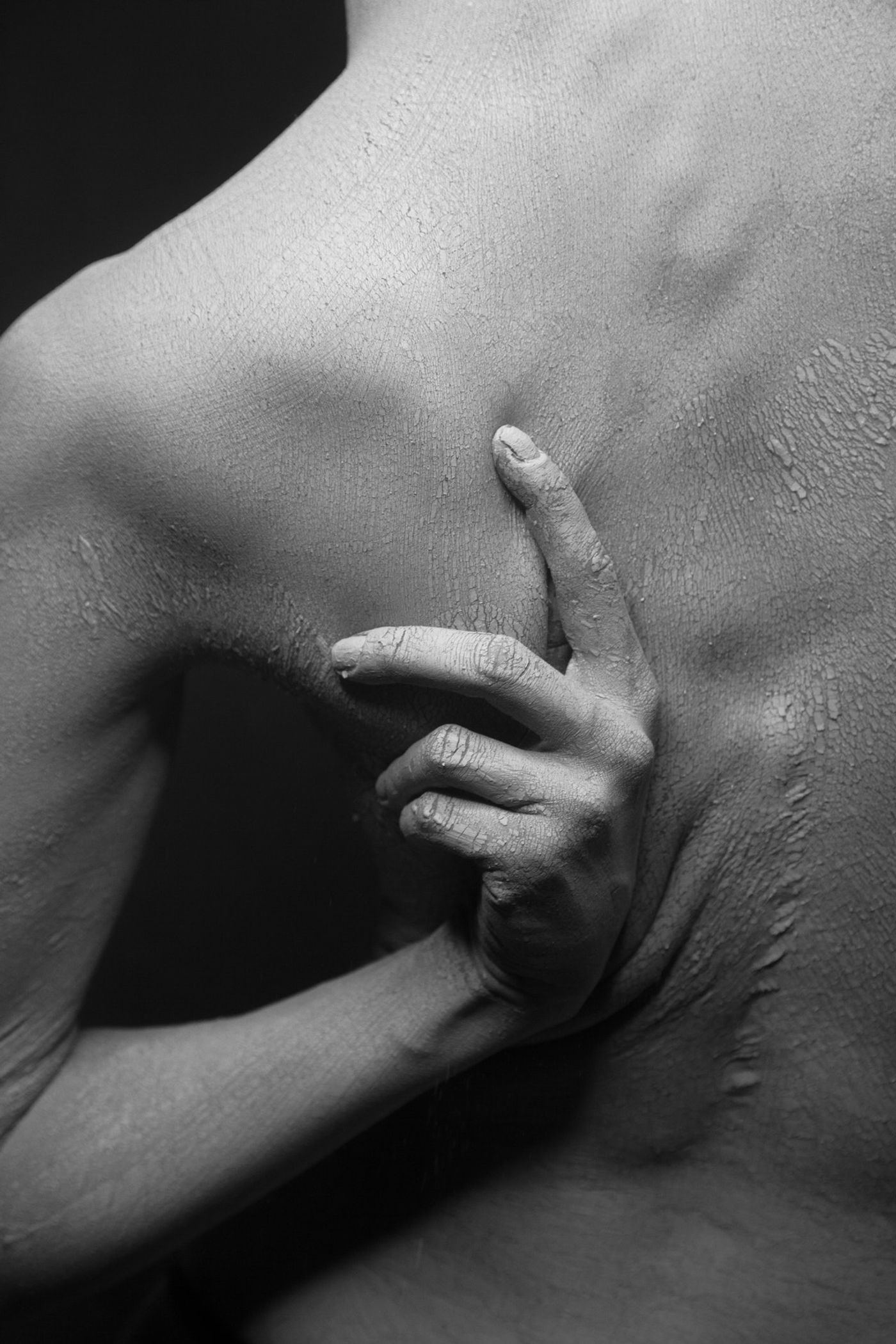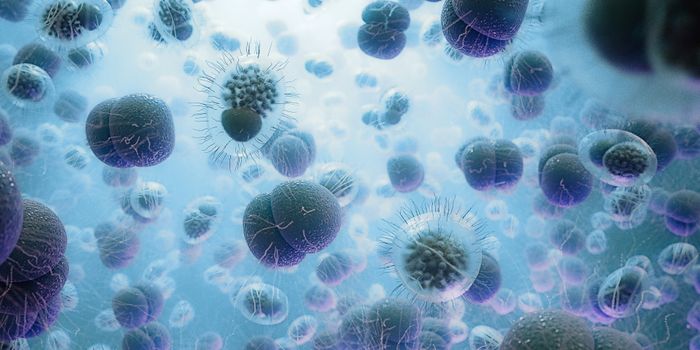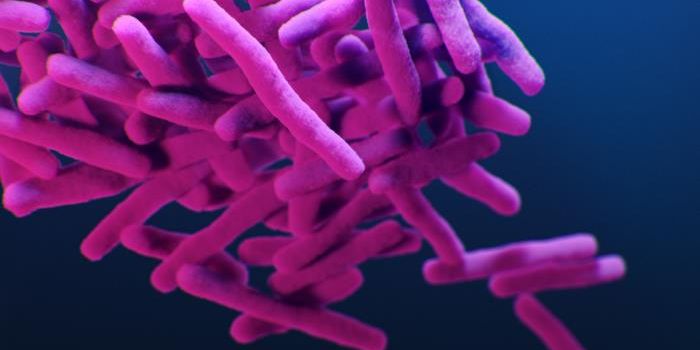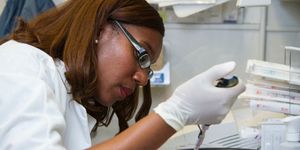Smart Patch Measures How Itchy You Are
A wearable “scratch sensor” developed by researchers at Northwestern University could finally help doctors measure just how bad their patients’ itchy skin conditions are. Several medical conditions—from kidney failure to eczema—cause patients to become itchy, initiating a scratch reflex. However, it’s often difficult for patients to measure how itchy their conditions are.
Now, the soft, waterproof sensor developed by Steve Xu and colleagues can provide doctors with answers. The device is applied to the back of the patients’ dominant hand and detects both the scratching hand movement as well as the sound of nails against the skin. The device, called ADAM (ADvanced Acousto-Mechanic) can differentiate between scratching and other similar hand movements such as scrolling on a mouse or texting on a cell phone.
“If you were to sort of scratch in the air, that’s not real scratching, but the motion is identical,” explained Xu. “Our sensor can distinguish between the two and that’s something that systems that have been tried before simply cannot do.”
A single charge of the sensor allows it to be worn for a week, wirelessly transmitting information directly to physicians’ computers. The sensors were found to have extremely high accuracy rates, matching up closely with camera recordings of patients scratching during the night. “Clinical validation studies with 11 participants reveal an overall accuracy of 99.0% with a sensitivity of 84.3% and a specificity of 99.3%, even in naturalistic home environments,” wrote the authors.
Getting these objective itch measures can empower physicians to assess how serious a condition is as well as monitor patients’ response to treatment without having to rely on patients’ notoriously inaccurate self-reported measures.
Sources: Science Advances, New Scientist.









